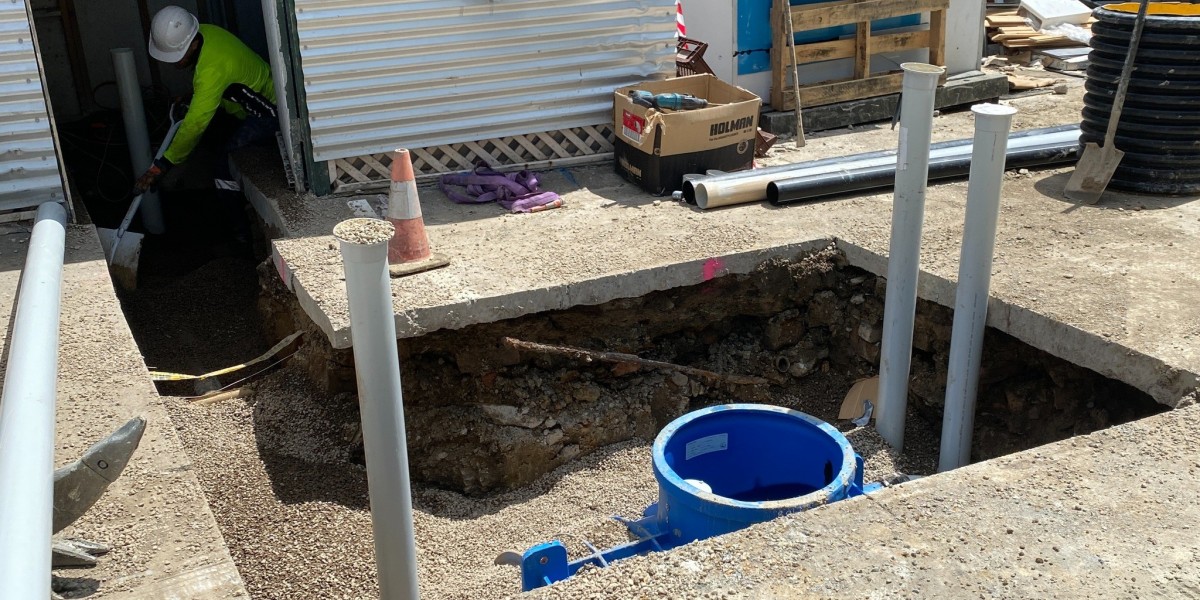Properly sizing an industrial grease trap is one of the most critical decisions facility managers face when designing wastewater management systems. An undersized unit leads to frequent overflows, regulatory violations, and costly emergency maintenance, while an oversized system wastes valuable resources and space. Understanding the precise calculations and factors that determine optimal sizing can save thousands in operational costs and prevent compliance headaches.
Understanding the Core Sizing Formula
The foundation of grease trap sizing relies on calculating the fixture unit drainage load and applying the appropriate flow rate multipliers. For industrial operations, the basic formula considers three primary variables: the total gallons per minute (GPM) flow rate, the retention time required for effective separation, and the specific gravity of the waste stream.
Most industrial facilities require grease traps sized between 1,000 to 10,000 gallons, with retention times ranging from 30 minutes to 2 hours depending on the application. The general rule calculates capacity as: Flow Rate (GPM) × Retention Time (minutes) = Minimum Tank Volume (gallons).
Key Factors That Impact Sizing Requirements
Kitchen Equipment Load: Each piece of commercial equipment contributes differently to the grease load. A commercial fryer generates significantly more FOG (Fats, Oils, and Grease) than a steam table. Industrial dishwashers, prep sinks, and floor drains each require specific fixture unit calculations that must be totaled for accurate sizing.
Peak Flow Periods: Large-scale operations experience dramatic flow variations throughout operational hours. A hospital cafeteria serving 2,000 meals daily will have different peak flow characteristics than a food processing plant running continuous operations. Sizing must accommodate maximum simultaneous discharge, not average flow rates.
Waste Stream Temperature: Hot wastewater affects separation efficiency dramatically. Grease traps receiving water above 140°F require larger sizing factors because elevated temperatures keep fats and oils in liquid suspension longer, reducing natural separation rates.
Cleaning Chemical Impact: Industrial cleaning programs using degreasers, sanitizers, and detergents can emulsify grease, making separation more difficult. Facilities with aggressive cleaning schedules often require 20-30% larger capacity calculations to maintain effectiveness.
Industry-Specific Sizing Considerations
Food processing facilities typically require the largest grease management systems due to high-volume, continuous operations. A meat processing plant handling 500 animals per day might need a 15,000-gallon system with specialized pre-treatment components.
Large restaurant chains and institutional kitchens serving 1,000+ meals daily generally require 2,000 to 5,000-gallon systems. These facilities benefit from modular designs allowing capacity expansion as operations grow.
Healthcare facilities present unique challenges with varied waste streams from patient food service, cafeterias, and medical equipment cleaning. Sizing calculations must account for infection control requirements that may increase cleaning frequency and chemical usage.
Professional Assessment and Local Code Requirements
Municipal regulations vary significantly regarding minimum sizing requirements and calculation methods. Many jurisdictions require professional engineering calculations and permit approval before installation. Some areas mandate sizing based on 75% of calculated peak flow, while others require full peak capacity plus 25% safety margin.
Working with experienced grease management professionals ensures compliance with local codes while optimizing system performance. Professional assessments typically include detailed flow monitoring, waste characterization studies, and future capacity planning that owner calculations often miss.
Avoiding Common Sizing Mistakes
The most expensive error involves underestimating peak simultaneous discharge rates. Many facilities calculate sizing based on individual fixture flows rather than realistic concurrent usage patterns. This oversight leads to hydraulic overloading and system failures during busy periods.
Another frequent mistake involves ignoring future expansion plans. Installing a properly sized system for current operations that cannot accommodate planned growth often results in complete system replacement within five years.
Proper industrial grease trap sizing requires balancing multiple technical factors with regulatory requirements and operational realities. Investing in accurate sizing calculations upfront prevents costly operational problems and ensures reliable, compliant wastewater management for years to come.







